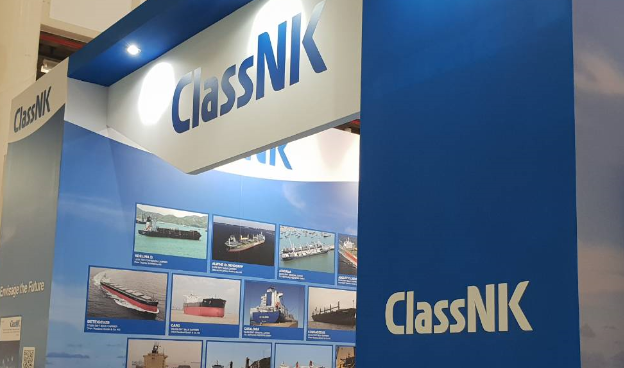Home Green Marine ClassNK: 80 million gt of zero-emission ships needed annually by 2040 to meet IMO targets
The maritime industry must build 80 million gross tonnage (gt) of zero-emission ships each year over the 14-year period from 2027 to 2040 to achieve the indicative checkpoints for 2030 and 2040 developed by the International Maritime Organization (IMO) in its 2023 Greenhouse Gas (GHG) Strategy, according to the estimates from the Japanese classification society ClassNK.

International shipping faces an unprecedented challenge as it strives to meet stringent emission targets set by the IMO.
The IMO has set a net zero GHG target for shipping to be achieved by or around 2050, a strategy that is expected to result in the 5% to 10% uptake of zero-emission fuels and a 40% reduction in CO2 emissions per transport work by 2030 when compared to 2008.
The UN body has released its indicative checkpoints to achieve the GHG emission targets, according to which 20% to 30% reduction in GHG emissions is needed by 2030 and 7′-8’% by 2040.
ClassNK has evaluated what would this mean in practice for shipping by looking into how these checkpoints will impact the amount of fuels that would need to be introduced as well as the vessel capacity capable of operating on those fuels.
One of the findings from the classification society indicated that a colossal 85 million gt of zero-emission ships must be built annually over the four-year period from 2027 to 2030 to achieve the indicative checkpoints for 2030 and 2040.
This transformational task involves both new builds and retrofits of existing ships, aiming to reshape the maritime industry into a zero-emission powerhouse.
Overall, ClassNK estimated that a total of 1.122 bn gt of new zero-emission ships would be needed to meet the 2040 checkpoint.
To achieve the indicative checkpoints for 2030 and 2040, approximately 25% and 72% of the fuels used in international shipping respectively must be zero-emission fuels, necessitating the procurement of methanol and ammonia, especially those derived from green hydrogen.
According to ClassNK’s estimates, from 2031 to 2040, an annual introduction of 77 million gt of zero-emission ships will be essential to reach the 2040 goals.
However, achieving these targets is not without its challenges. To meet the indicative checkpoint for 2030, a 25% introduction of zero-emission fuels is required. Anything less, such as the 5 to 10% introduction outlined in the 2023 IMO greenhouse gas strategy, would make it incredibly challenging to meet the goals for 2030.
To meet the 2030 checkpoint with 25% zero-emission fuel uptake, the industry will need 106 million tons of methanol and 114 million tons of ammonia, and 311 million tons of methanol and 333 million tons of ammonia to meet the 2040 checkpoint of 72% fuel uptake.
The allowable greenhouse gas emissions from international shipping in 2030 and 2040 will be 585 million tons and 219 million tonnes, respectively, representing a substantial reduction compared to the latest 2021 level of 798 million tonnes, the classification society found.
It’s imperative to promptly introduce zero-emission ships, even if the indicative checkpoint for 2030 is not entirely achieved ClassNK said.
To meet the numerical targets outlined in the 2023 IMO greenhouse gas strategy, a substantial increase in the production and distribution of zero-emission fuels is required. Investments in carbon-free hydrogen and electricity, among other solutions, must be accelerated to match the scale needed to power international shipping.
As for the shipbuilding and retrofitting capacity, ClassNK suggests that there is currently no significant shortage, as long as ships are continuously constructed and upgraded. However, this capacity should be in line with the pace of development of the zero-emission fuel production and distribution infrastructure.
Time is of the essence. The year 2030 is the immediate target in this global mission to achieve net-zero greenhouse gas emissions. Success necessitates a collective and urgent effort from all stakeholders, including international organizations, national governments, the maritime industry, the energy sector, shippers, and the financial sector, ClassNK said.
>>> Read full article>>>
Copyright for syndicated content belongs to the linked Source : OffshoreEnergy – https://www.offshore-energy.biz/classnk-80-million-gt-of-zero-emission-ships-needed-annually-by-2040-to-meet-imo-targets/